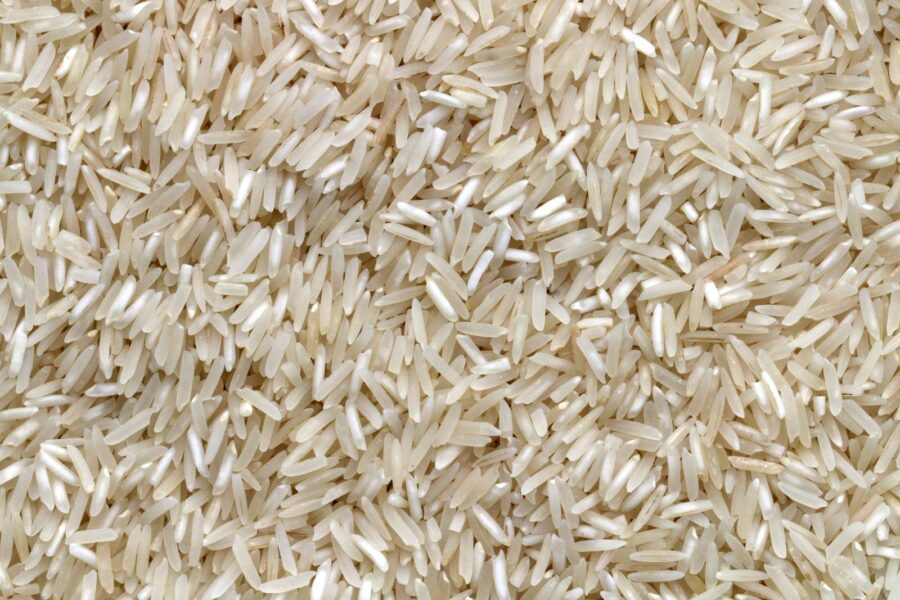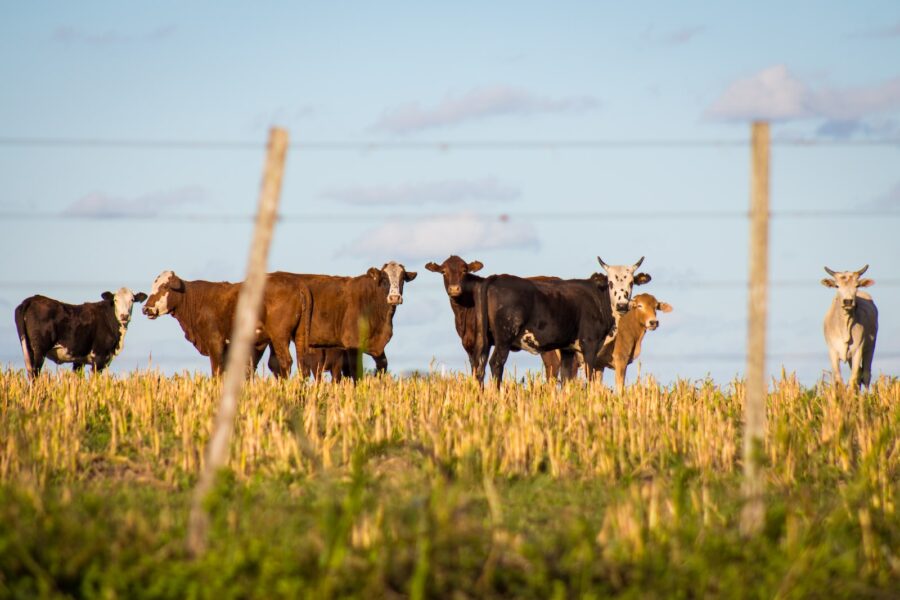The ramifications of weather and war have resulted in a global rice shortage, which could be among the worst in nearly a quarter century. Rice production for 2023 appears destined for a severe shortfall.
“The world rice supply will not be completely corrected in one growing season. It will carry over into 2024, even if the world has average rice production this year,” Tim Luginsland – Wells Fargo’s Agri-Food Institute sector manager – told The Food Institute.
The strained supply of rice is a result of the war in Ukraine as well as weather issues in economies like China. Globally, rice production is falling and driving up prices. CNBC reported the price of rice averaged $17.30 per cwt year-to-date and appears likely to ease to $14.50 per cwt next year. Fitch Solutions’ commodities analyst Charles Hart told CNBC the following:
“Given that rice is the staple food commodity across multiple markets in Asia, prices are a major determinant of food price inflation and food security, particularly for the poorest households.”
Fitch Solutions predicts the global shortfall of rice for 2022-23 is 8.7 million tonnes.
WEATHER & RUSSIA WREAK HAVOC
Last year, farmland in large portions of China was hit by heavy rains and, eventually, flooding. The U.S. Department of Agriculture also noted that Pakistan saw annual rice production drop 31% year over year due to severe flooding. In 2023, China – the largest rice producer in the world – is experiencing its worst drought in roughly two decades. Drought has also hit rice-growing countries in the U.K., France, and Germany.
Rice tends to be a vulnerable crop. In addition to tighter supply challenges, rice became an increasingly attractive alternative following the spike in price of other grains amid Russia’s conflict with Ukraine in early 2022.
The subsequent rice substitution has driven up demand. India also banned exports of broken rice in September, which Hart claims has been a key driver of prices.
“The Russian/Ukraine conflict continues to shift world food demand away from wheat and corn and toward rice,” Luginsland said. “The shortage is severe and will likely last until 2024-25, when higher prices drive supply and demand back into balance.”
HOPE ON THE HORIZON?
Fitch Solutions, meanwhile, estimates that the global rice market should return near normal in 2023-24. That could lead to rice futures falling in year-on-year terms to below their 2022 level but remain elevated at more than one-third above their pre-pandemic mean value, in part as inventories are replenished after a period of extensive drawdown, CNBC reported.
Fitch Solutions projects that the prices of rice could drop almost 10% to $15.50 per hundredweight, in 2024.
Wells Fargo and its team of national industry advisors in its Agri-Food Institute say the impact of the global rice shortage won’t be as severe in the U.S. as overseas. Coincidentally, recent heavy snow and rain in California should be a boon for rice production – and acreage will surge higher this year as a result.
“So, the U.S. food industry may see slightly elevated prices for rice, but it will certainly be available,” Luginsland said. “Domestically, we will likely see prices decrease from these high levels [in] late 2023 in the U.S., if we have a normal growing season this summer.”
The Food Institute Podcast
Click the play button above to listen to the episode.
How do you measure the financial efficiency of a fan-driven food business? Dr. James Richardson, owner of Premium Growth Solutions and author of Ramping Your Brand, joins The Food Institute Podcast to define these types of businesses and how they can succeed. Dr. Richardson pulls on historical and recent examples of these types of businesses, and what common threads contribute to their success.












